Aspalathus lineární keře
Holanďané byli prvními, kteří se seznámili s rooibosem od Evropanů ve 18. století, a později se stal známým téměř ve všech částech světa. Skutečnost, že Hottentoti používali rooibos k přípravě nápoje, objevil Karl Peter Thunberg, který byl v Jižní Africe jménem Nizozemské Východoindické společnosti.
Rozšíření rooibosu v Evropě začalo v prvních letech 20. století. Rozšíření rooibosu usnadnil emigrační podnikatel Veniamin Gunzberg (Benjamin Ginsberg) z Dinaburgu, který na začátku 20. století organizoval průmyslovou výrobu rooibosu a jeho export do Evropy. První osobou, která byla schopna pěstovat rooibos z semene na plantáži, byl doktor Peter Le Fras Nortier.
V současné době se Aspalathus linearis pěstuje v Jižní Africe na průmyslové úrovni. Celá Söderbergova dolina je obsazena plantážemi této rostliny. Roční produkce činí asi 12 000 tun, z nichž 6 000 tun je exportováno. Polovina exportovaného objemu je spotřebována v Německu. Byly podniknuty pokusy o pěstování lineárního aspalatusu v Jižní Americe a Austrálii, ale byly neúspěšné.
Keře ve věku 1,5 let se používají k výrobě. Tenké větve se stříhají z keřů, drcí se v továrně, po čemž následuje fermentace (podobná výrobě čaje) – suroviny se rozkládají na horizontální plochu, zalévají vodou a nechávají několik hodin na slunci. Po fermentaci následuje rychlé sušení (nyní se používají sušící jednotky s vakuem), třídění, pasterizace a balení. Rooibos se balí stejným způsobem jako čaj – buď volně ve vrecích a krabicích, nebo v jednorázových čajových sáčcích. Většina velkých “čajových” společností nabízí ve svém sortimentu několik variant rooibosu, v různém balení, ochucených a jako součást různých čajových směsí.
Stáčení
Suchý rooibos
Rooibos se vaří v obyčejné čajové konvici (porcelánové, hliněné, hlinité). Proces vaření rooibosu je velmi jednoduchý – musí být zalit vroucí vodou a ponechán po dobu nejméně pěti minut. Někdy se doporučuje umístit konvici do horké trouby pro lepší extrakci během louhování, aby se neroztáhla nebo dokonce pokračovala v varu – na rozdíl od obyčejného čaje rooibos obvykle vydrží vaření. Pro vaření rooibosu se doporučuje používat konvice z tepelně odolného skla, které se zahřívají na elektrickém sporáku nebo plynem pomocí rozdělovače.
Dávkování suchého rooibosu je přibližně stejné jako u černého čaje – jedna až dvě čajové lžičky na šálek. “Čajové listy” rooibosu jsou velmi husté, proces extrakce látek trvá poměrně dlouho, takže rooibos lze vařit několikrát, a při opakovaném vaření má nápoj téměř stejnou nasycenost jako při prvním vaření.
Espresso z rooibosu
Jihoamerický Pretorius vynalezl originální způsob přípravy rooibosu – v espressovém stroji. Podařilo se mu získat “espresso z rooibosu” – nápoj, který vypadá jako espressová káva, s “čepicí” pěny, velmi silný (síla se zvyšuje tím, že je rooibos mlet během vaření, což dává mnohem lepší extrakci), cihlově červený s nádechem šafránu. Aby ho získal, musel Pretorius vybrat vhodnou kvalitní odrůdu rooibosu. Pretorius svůj vynález patentoval, a později se objevily další vývoje v “kávovém” směru – červený cappuccino, červené latte, červené cappuccino s ledem.
Složení a vlastnosti
Rooibos neobsahuje kofein a má nízký obsah tříslovin (méně než 5%) a relativně vysoký obsah vitamínu C (přibližně 9,4%).
Studie provedené v Japonsku prokázaly vysokou schopnost potlačovat aktivitu některých silných mutagenů u myší.
Kromě toho byly prokázány ochranné vlastnosti červeného keře proti poškození centrálního nervového systému v některých částech mozku.
Flavonoidy nalezené v čaji vykazují antioxidantní vlastnosti jak in vitro, tak in vivo. Radioprotektivní účinek rooibosového čaje lze tedy vysvětlit obranným mechanismem těla proti volným radikálům.
Zároveň v listech nejsou žádné významné aktivní látky, s výjimkou fluoru a mědi.
Velikost baleni50g, 100g, 300g, 500g, 1000g
Země původuJižní Afrika




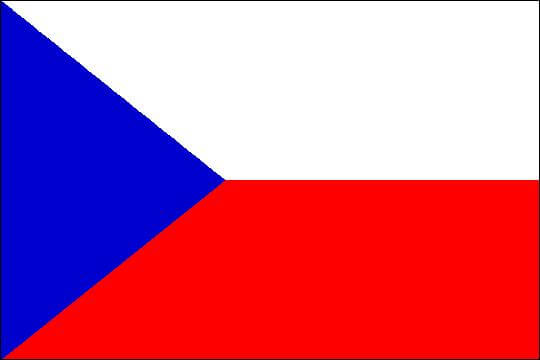


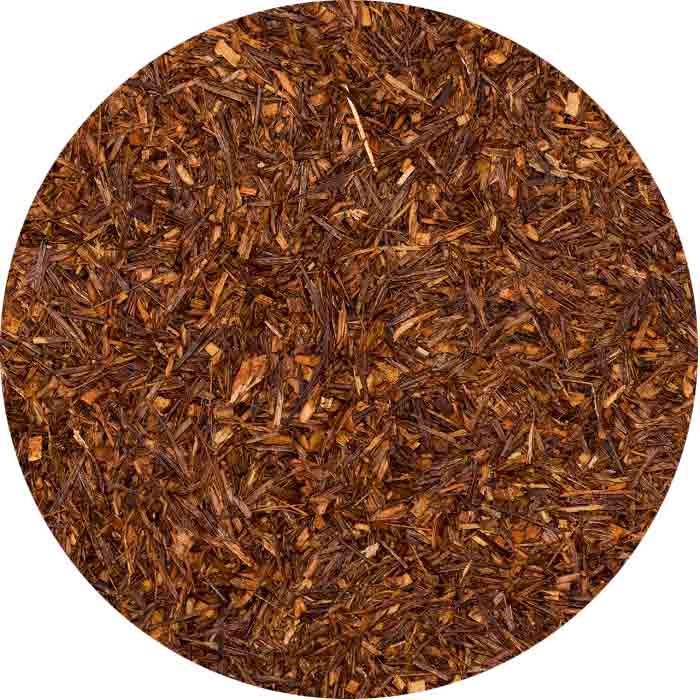
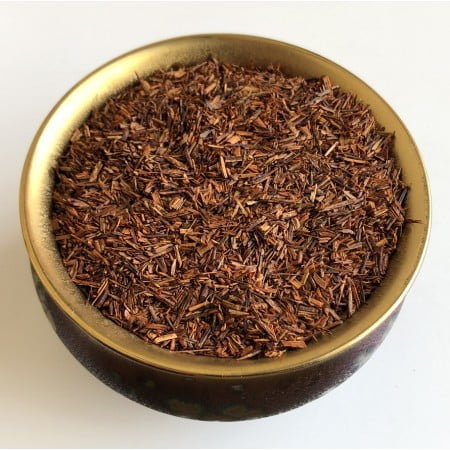
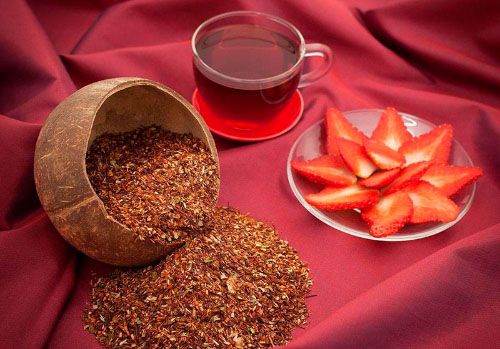
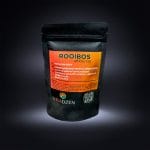
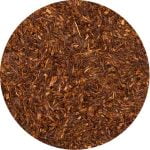
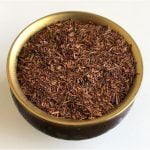
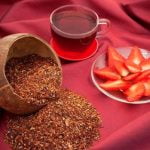














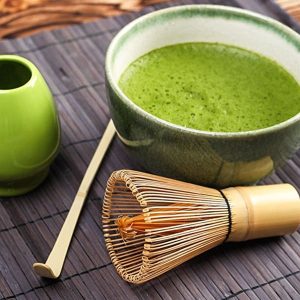
honzik.lansky –
Je obzvláště zajímavé, že neobsahuje kofein, což z něj činí skvělou volbu pro ty, kteří se chtějí vyhnout stimulantům, nebo si užít šálek čaje večer, aniž by narušili svůj spánek. Vůně je jemná a lehce oříšková s nádechem sladkosti, zatímco chuť je lahodně plná, s jemnou dřevitou stopou a medovým podtónem. je v něm také cítit nádech vanilky.
karelllansky –
Jeden z nejchutnějších čajů, které jsem kdy ochutnal. Za prvé, v tomto obchodě není drahý, za druhé rychlé doručení a možnost koupit v různých gramážích. Vřele doporučuji!